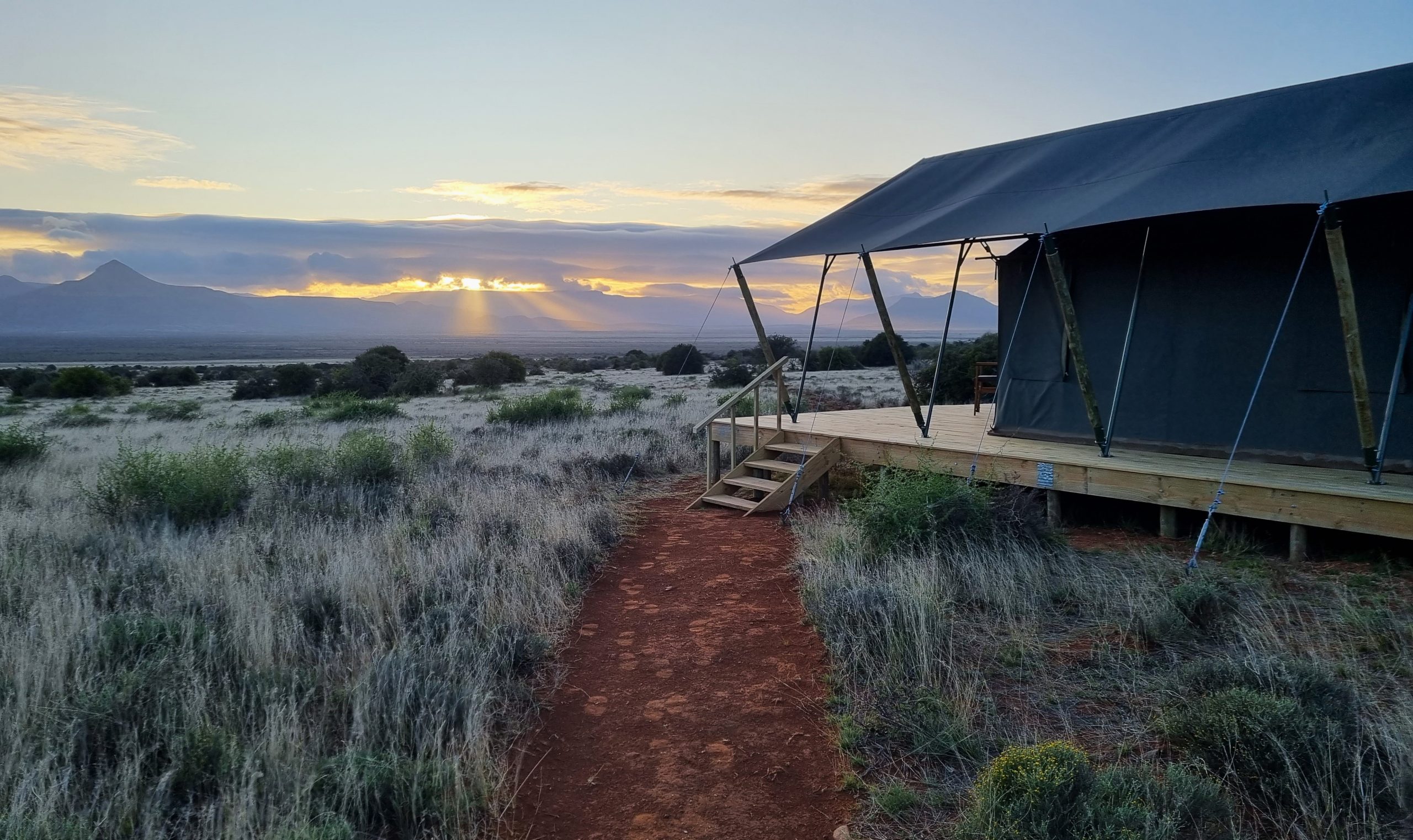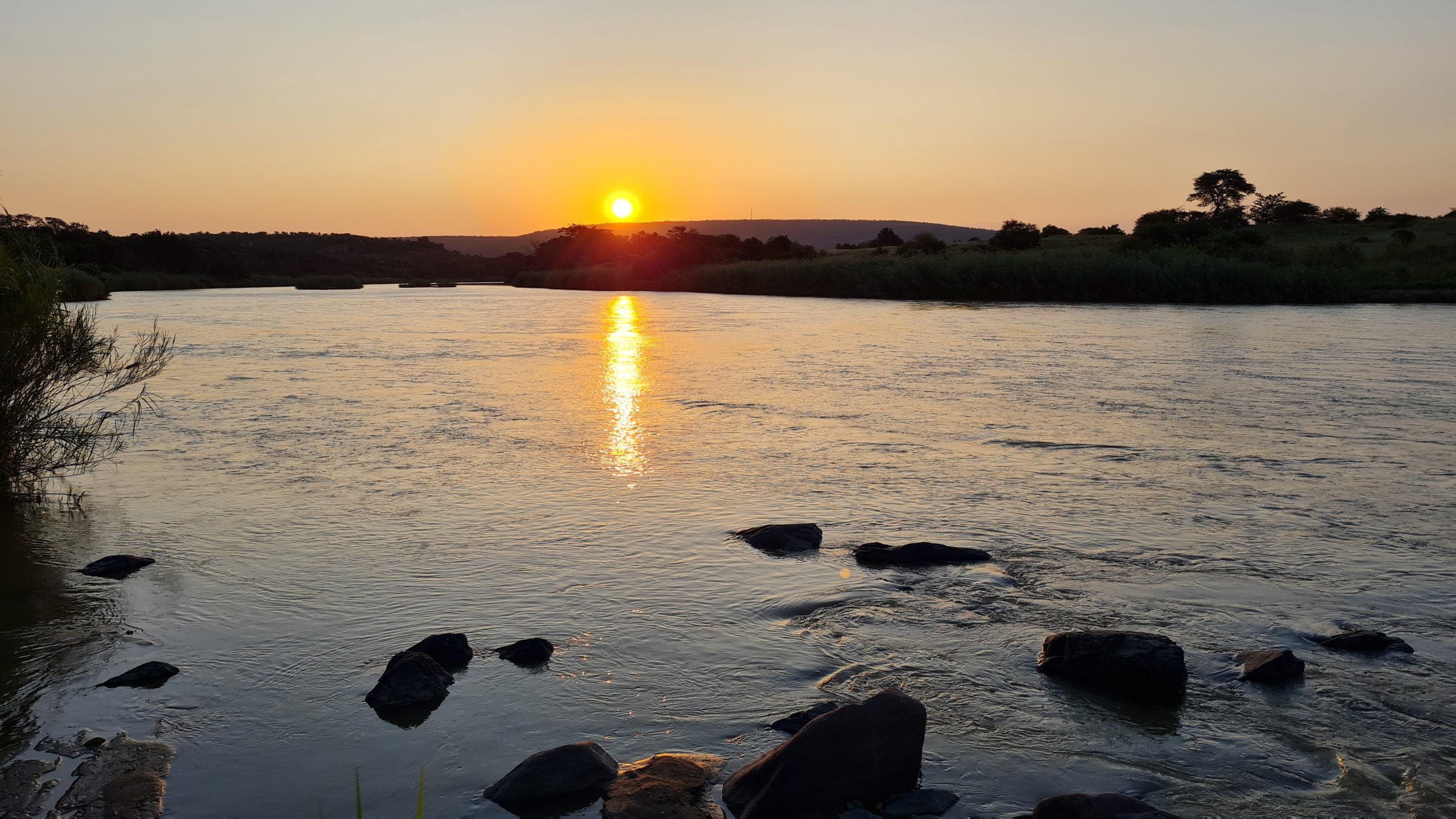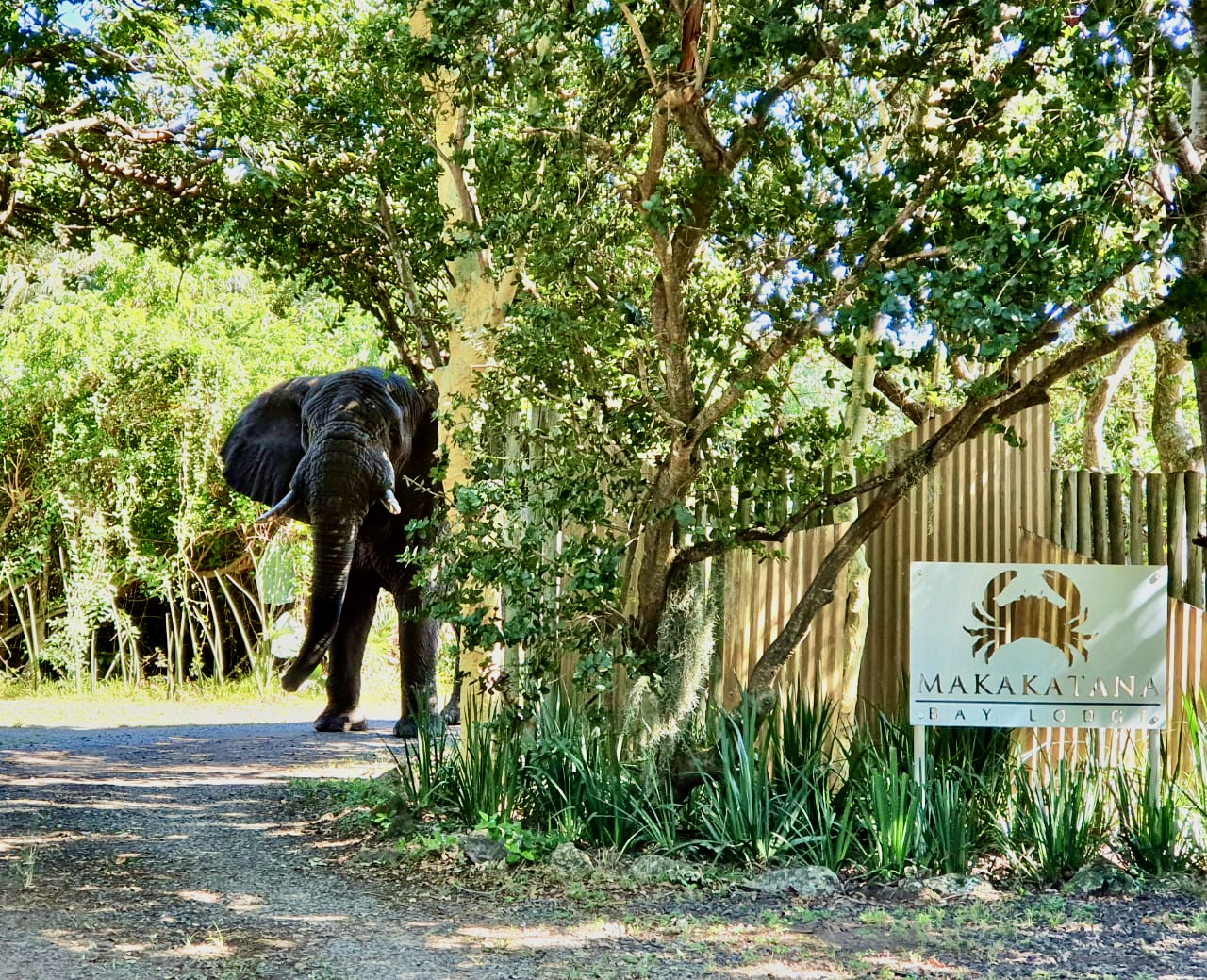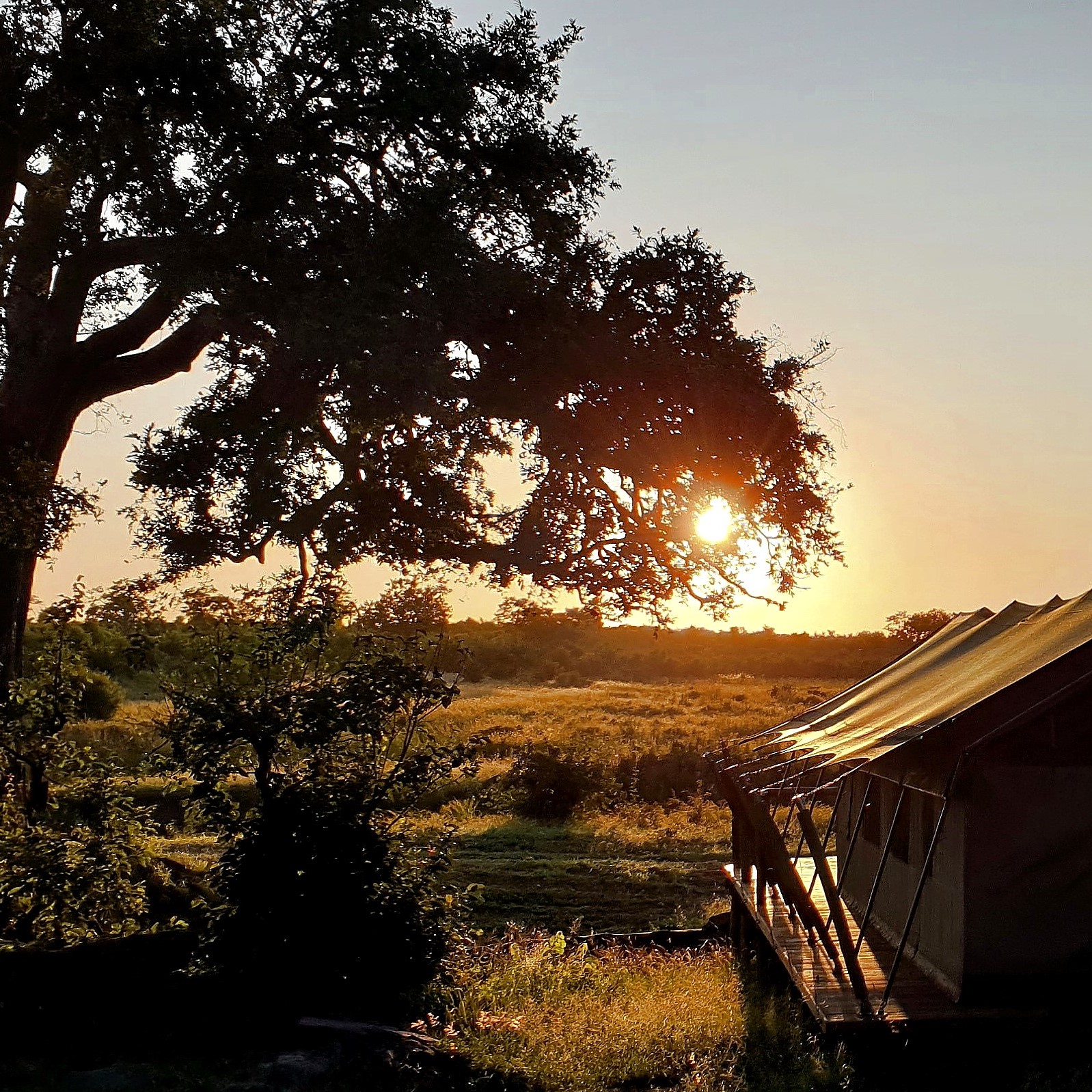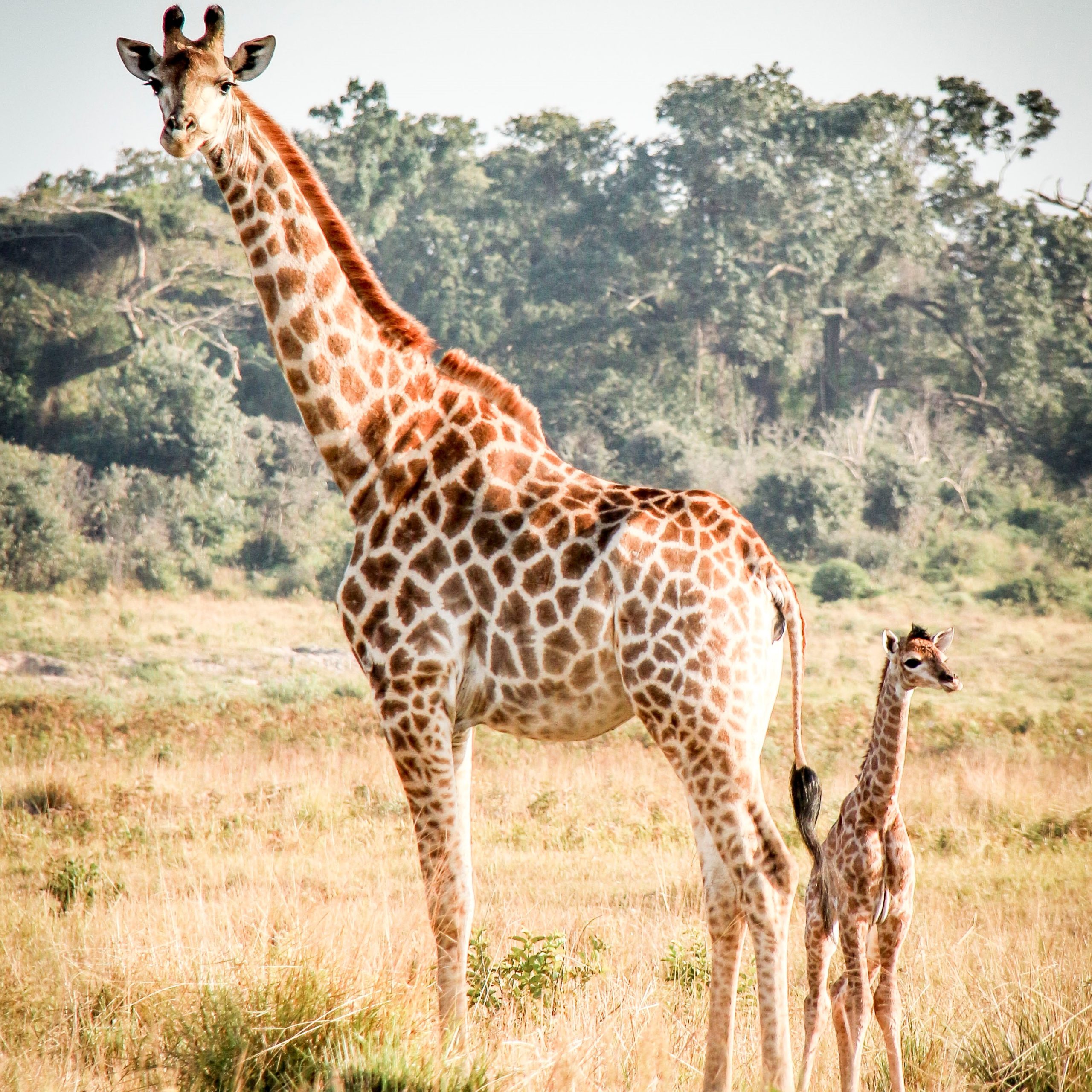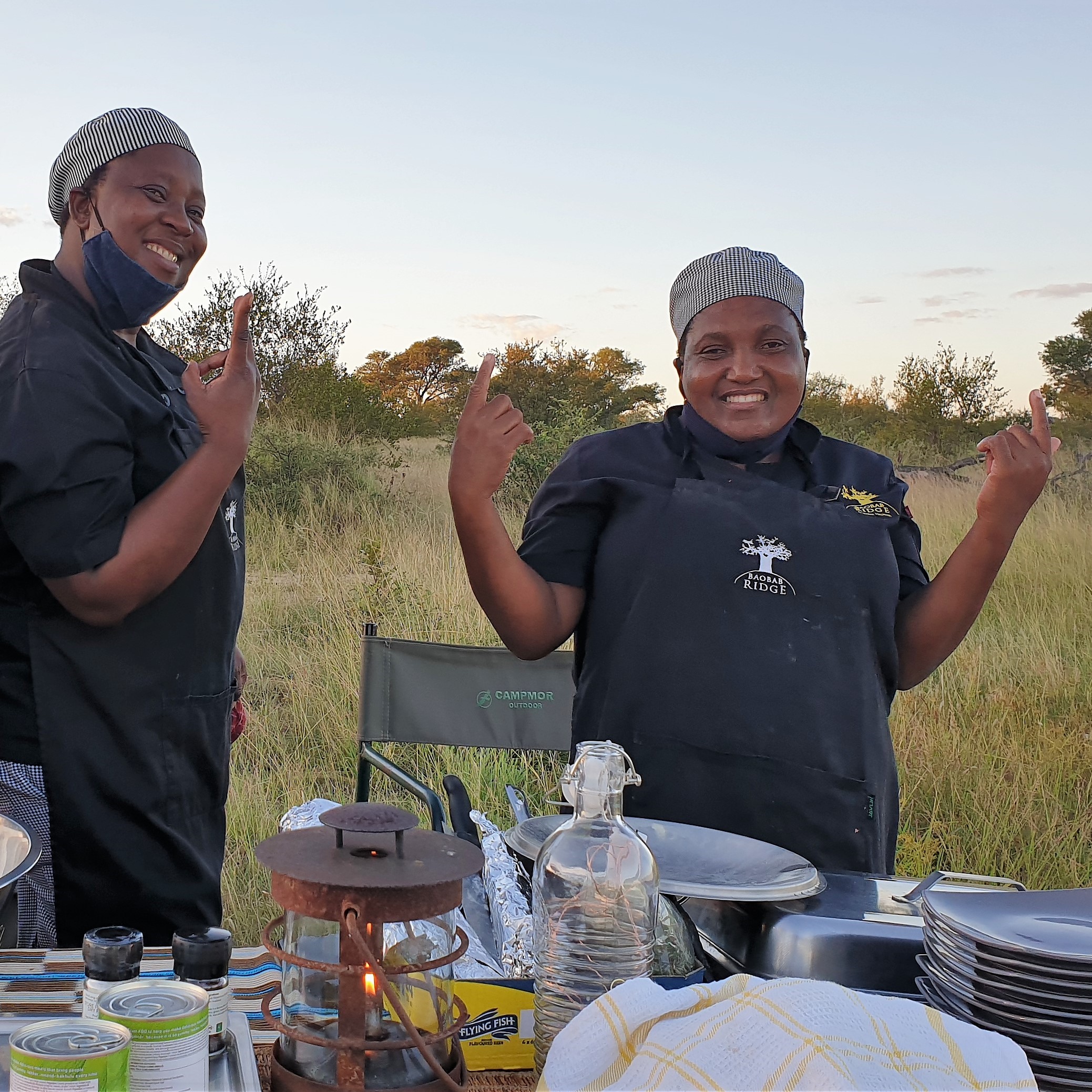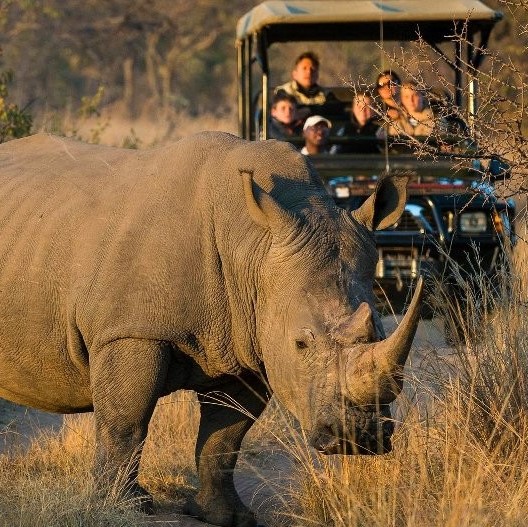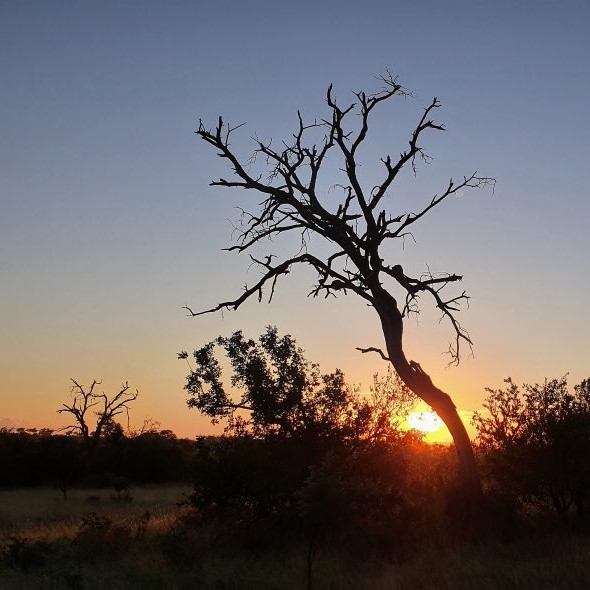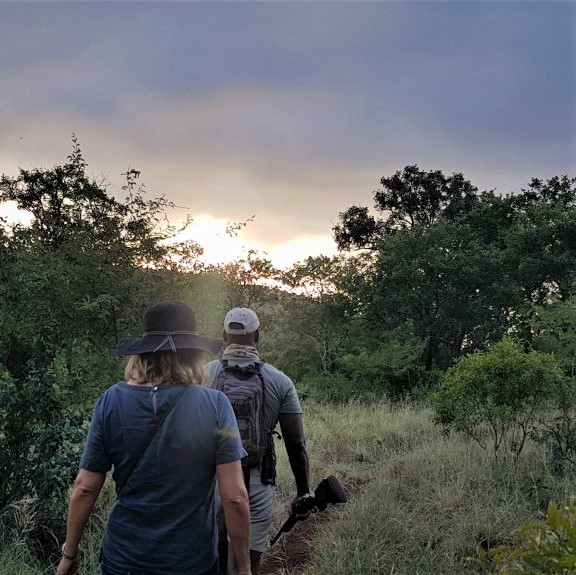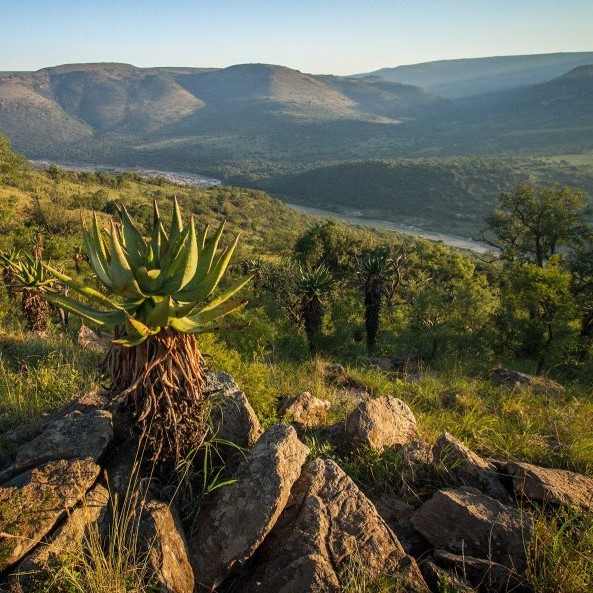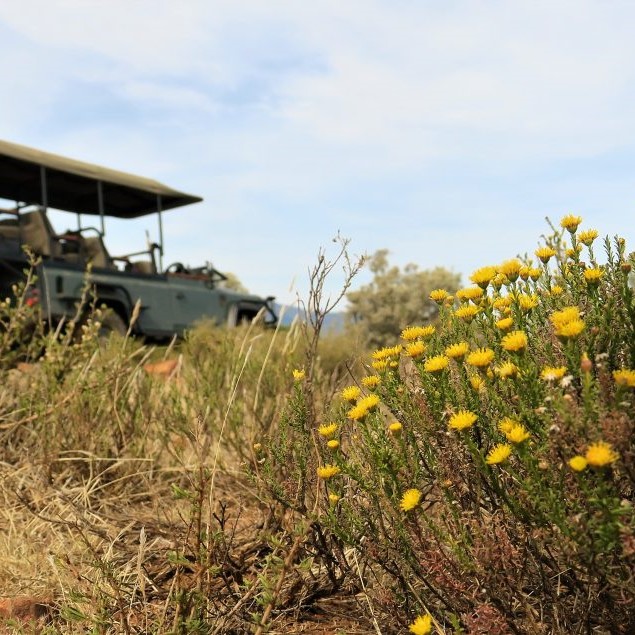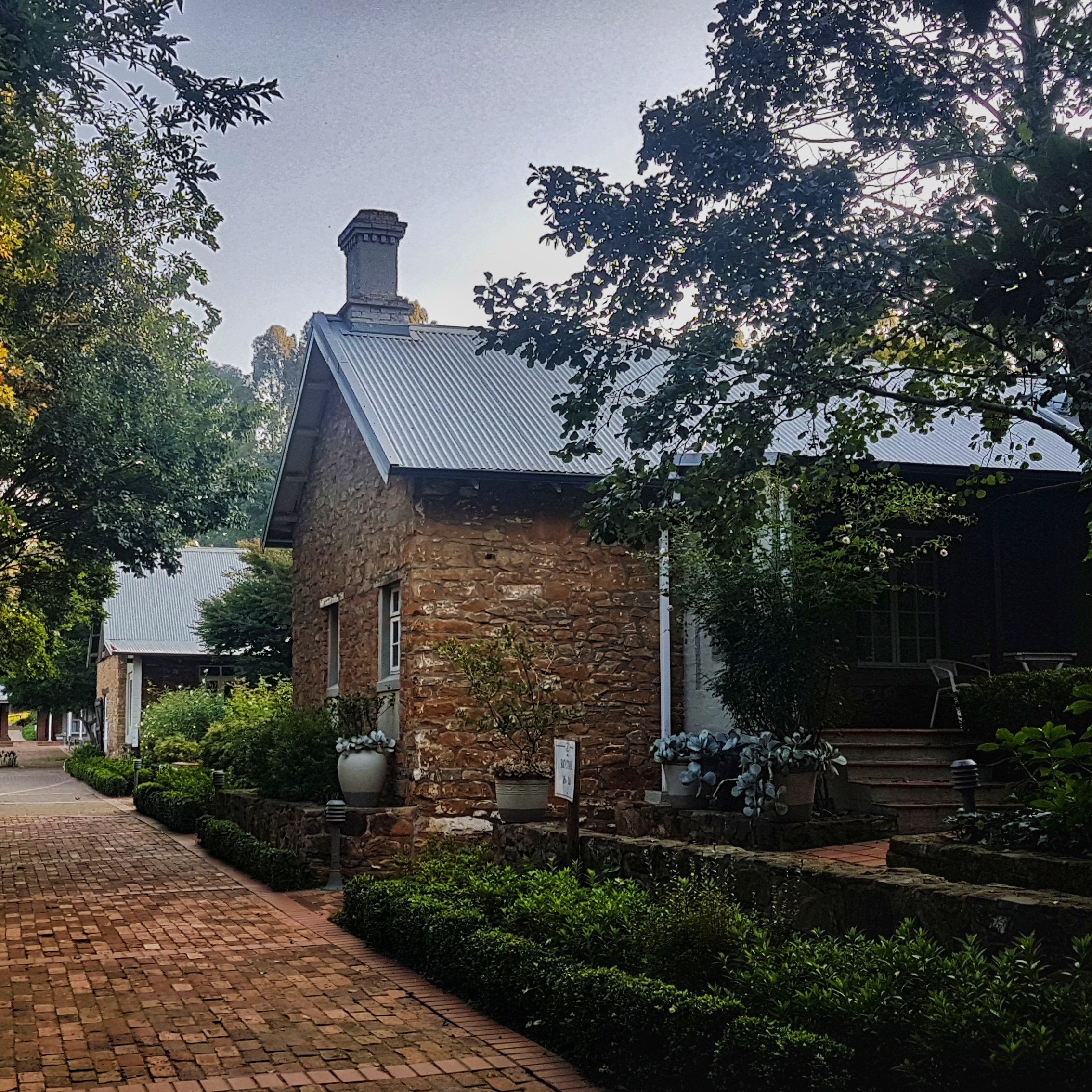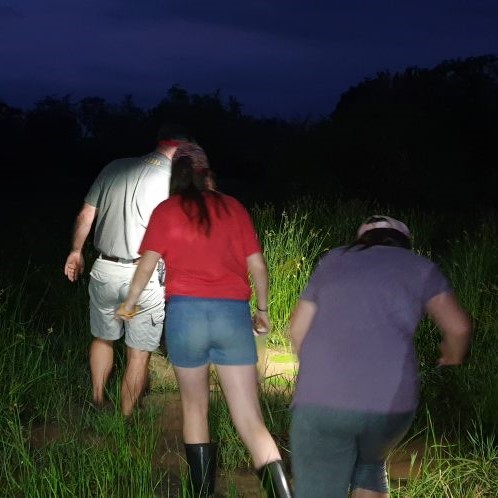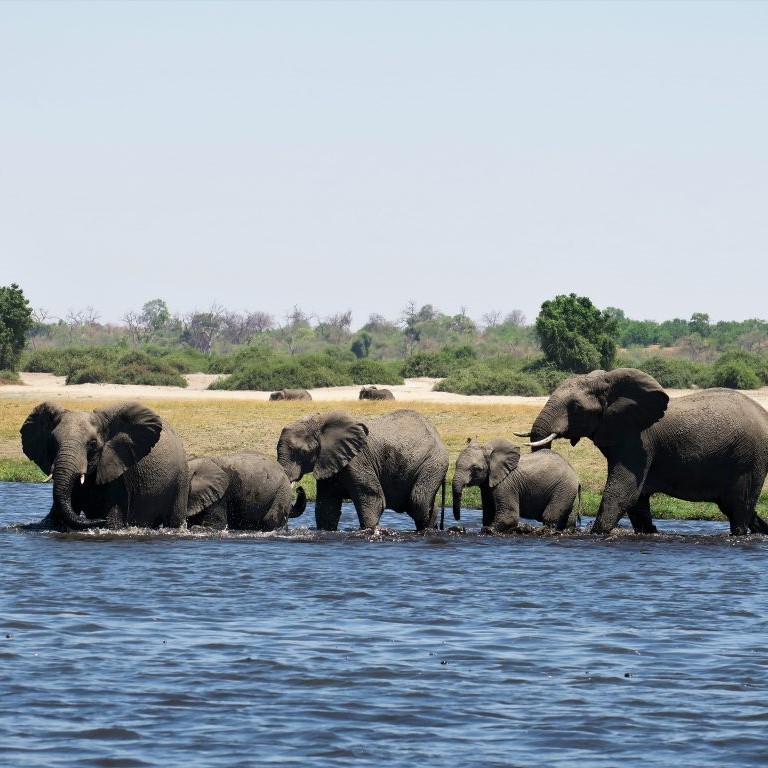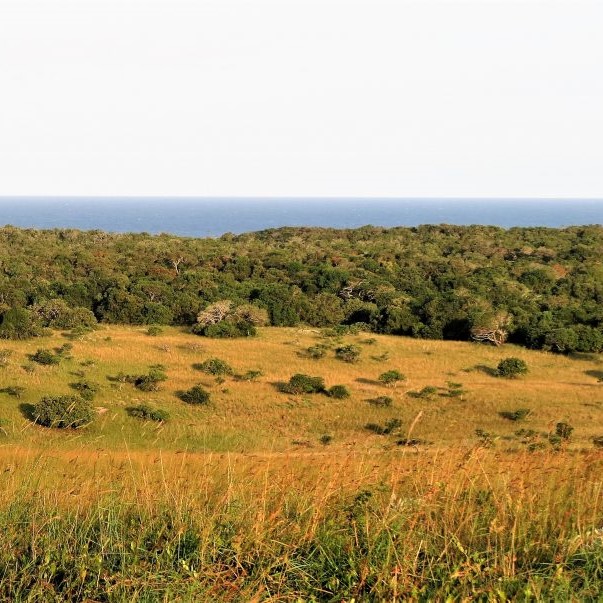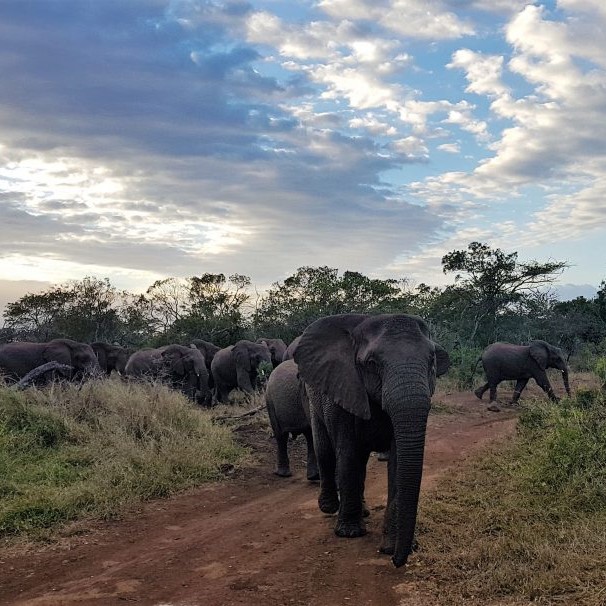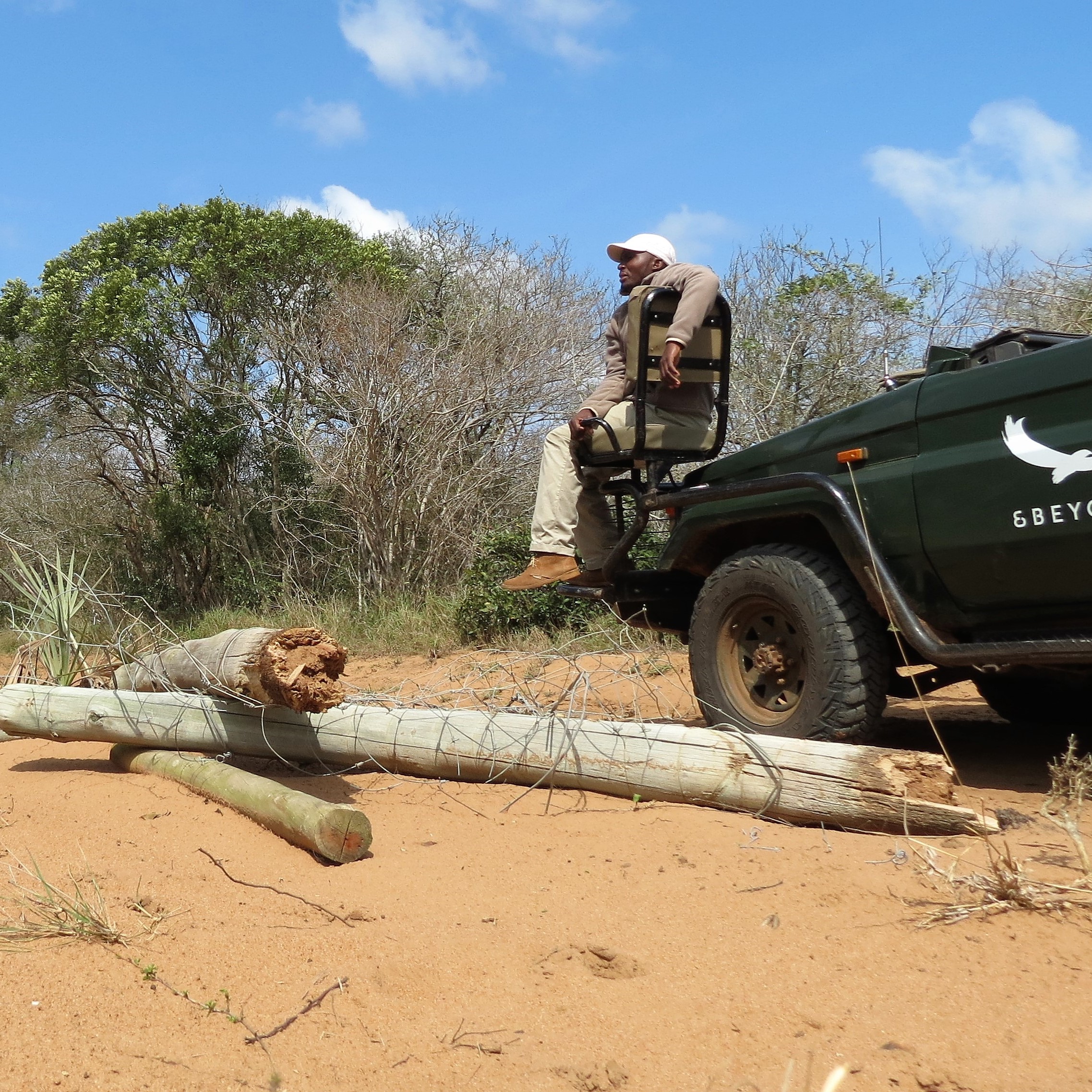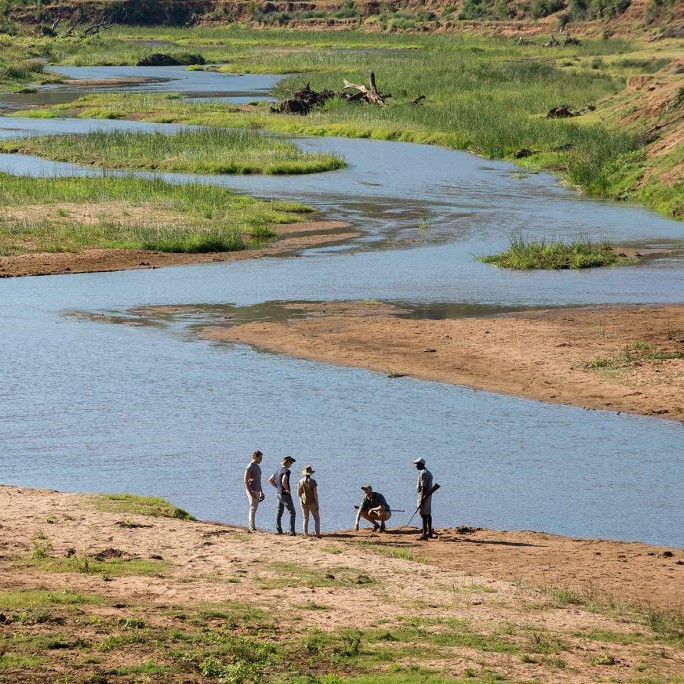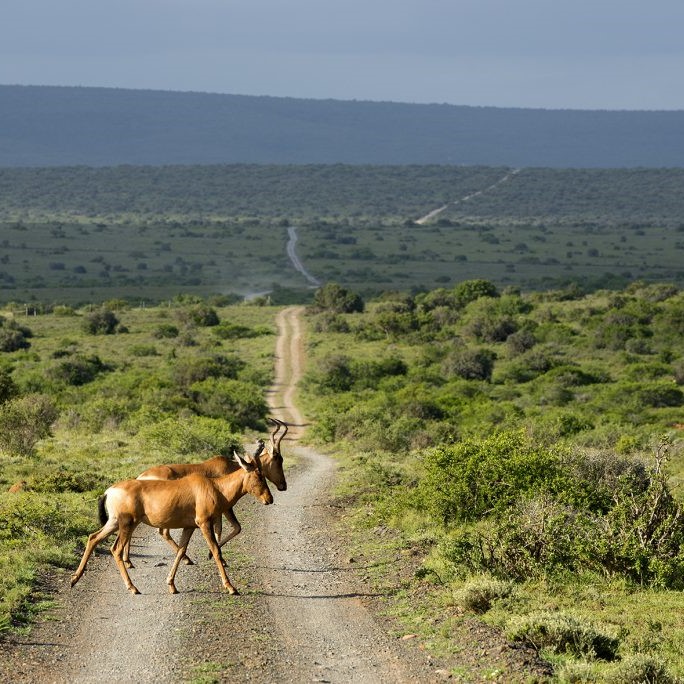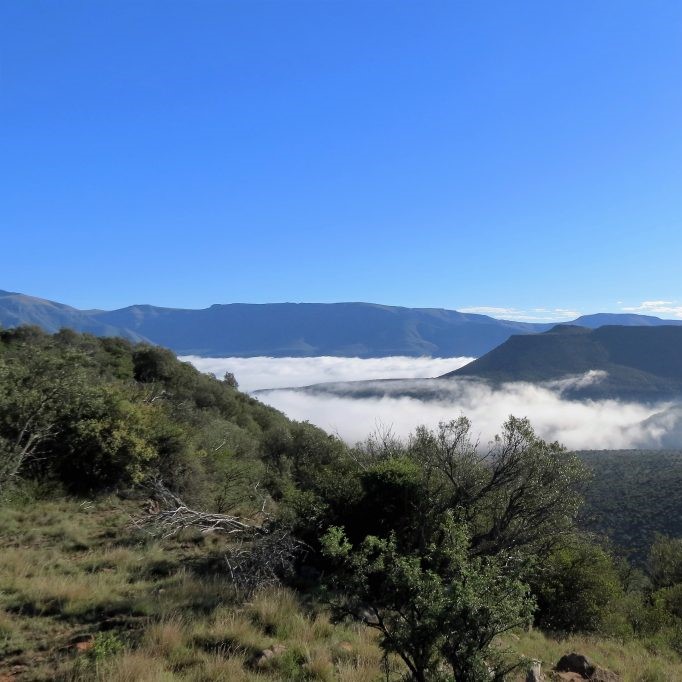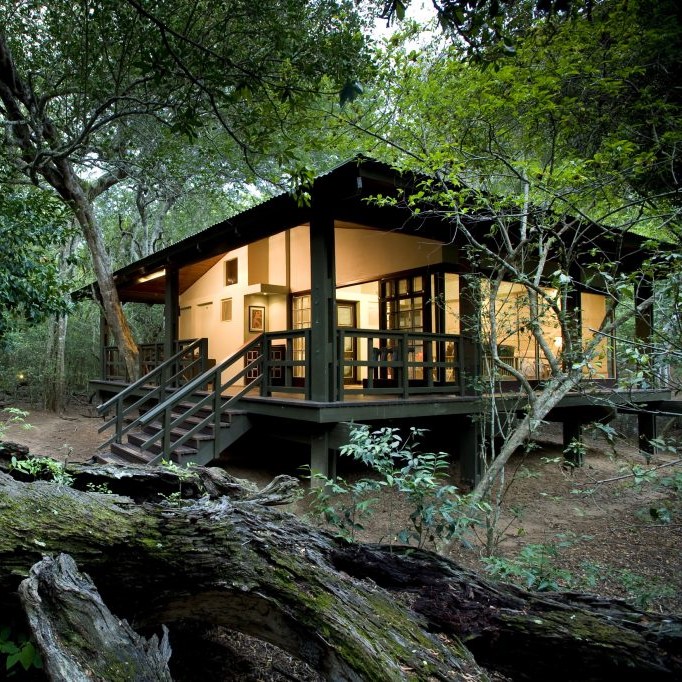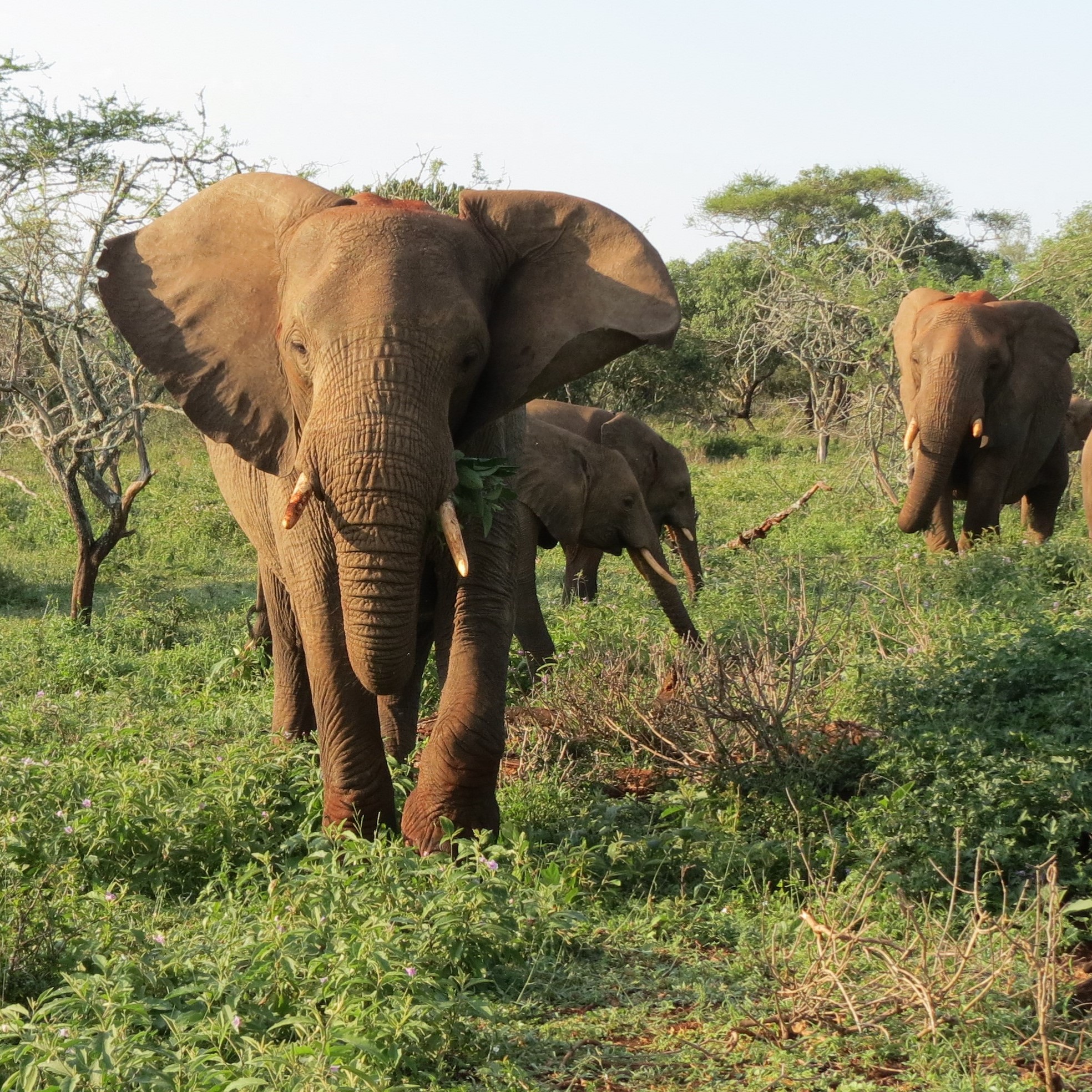When tasked with finding somewhere that was likely to fulfill the brief for our ‘101 things to see on safari in KZN’, andBeyond Phinda Private Game Reserve came to mind immediately. With an incredible diversity in habitats and its commitment to conservation, and the environment it seemed the obvious choice – and they exceeded our expectations!
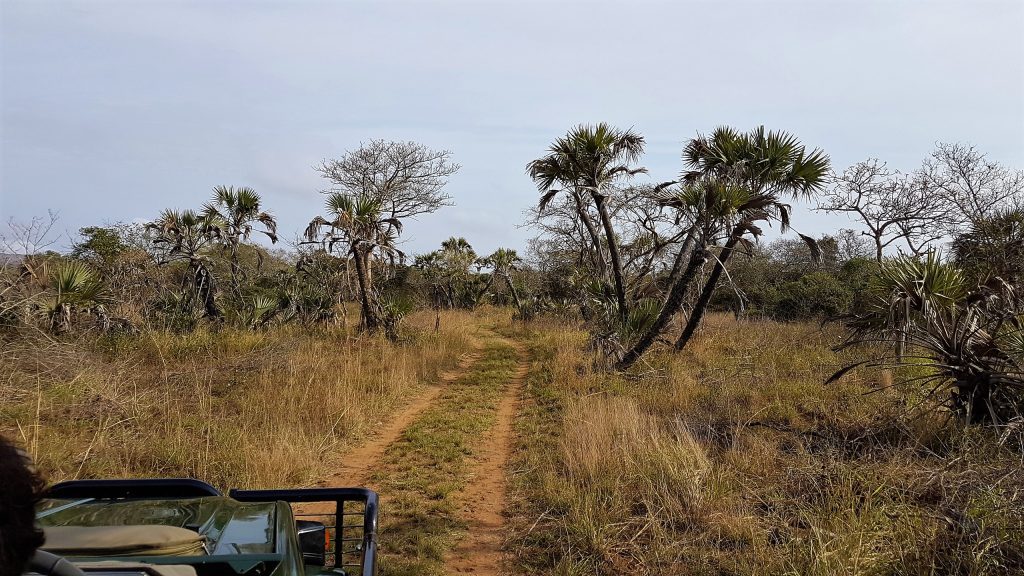
Phinda’s slice of Africa boasts seven distinct habitats – woodland, grassland, wetland and forest, interspersed with mountain ranges, river courses, marshes and pans, and offers a wealth of diversity from the large African elephant to the tiny secretive Suni antelope, and the spectacular crowned eagle to the seemingly insignificant blue waxbill. Experienced rangers divulge the secrets of the bush and together with their tracker are able to tell a tale from the almost invisible tracks in the sand and the lay of the grass. Birds, frogs, snakes, insects and butterflies as well as an incredible variety of trees, shrubs and grasses, all waiting to be identified, and each one perfectly created to fulfill its part in this diverse ecosystem.
- SANDFOREST – a species-rich, dry forest growing on what is essentially beach sand (fossil dunes) left from an earlier coastline. Botanically, this is one of the most unique habitats in South Africa with numerous plant species confined to it
- Red Duiker –can be seen around Forest and Vlei Lodge, this small stocky antelope is restricted to forests of the eastern part of southern Africa
- Suni –weighing in at just 4-5 kg, it is the tiniest antelope in southern Africa and can be seen in the Sand Forest
- Sandveld Newtonia (Lebombo Wattle) – Newtonia hildebrandtii is a giant tree with very rough cracked bark, often home to epiphytic orchids and lichens
- Epiphytic orchids – such as the wiry orchid Microcoelia exilis
- Leafless, epiphytic cactus – Rhipsalis baccifera is the only indigenous cactus in South Africa and can commonly be seen on larger trees
- Lichens – the Old Man’s Beard (Usnea species) is the most conspicuous, and can be seen draped in feathery strands from the branches of trees in the SandForest
- Green-apple – Monodora junodii has striking orchid-like flowers in the summer
- Green-Thorn (Torchwood) – Balanites maughamii is a tall tree with a fluted and buttressed trunk yielding oil rich seeds that are toxic to snails and aquatic creatures but relished by various mammals. The dry kernels are said to ignite readily, hence its common name, ‘torchwood’
- African Broadbill –difficult to locate, but a common sound in the sand forest. Its nest is a hanging purse made of Old Man’s Beard
- Eastern Bearded Scrub-Robin – can be seen foraging in the leaf litter on the forest floor
- Chameleon – can often be seen at night in the torch-light as you are escorted to your suite
- Termite mounds – provide fertile ground for trees to germinate
- African Crowned Eagle – live in pairs for life, and nest in large trees
- Narina Trogan – a furtive species that is well camouflaged and difficult to see as it normally sits with its back to you
- Blue-mantled Crested Flycatcher – can be seen in the undergrowth of the forest surrounding Forest Lodge
- Yellow-bellied Greenbul – often found in the thick tangles of forests and scrub
- Crested Guinea Fowl – found in groups often foraging on the forest floor
- Stink-bushwillow – Pteleopsis myrtifolia flowers attract insects and the foliage browsed by game
- African Wood Owl – common resident in riverine forests, has a distinctive ‘huoo-hoo-hoo’ call that is often heard after dark
- Bushbaby – a nocturnal primate, listen out for the hoarse wailing sound at night
- SAVANNA – Phinda boasts three savanna types: Mixed Bushveld, found mostly in the southern part as well as Open Woodland and Palmveld, and Grass Savanna, mostly in the northern part
- Lala Palms – Hyphaene coriacea is an important plant for the Zulu people, beer is made by tapping the sap from the stems, the young leaves are used in the making of basket-ware and the hard ivory-like fruit centre is used for ornamental carvings
- White Rhinoceros – the larger of the rhinoceros species, and has a square wide mouth ideal for eating grass
- Nyala – these antelope are plentiful, and can often be see around the lodges. The male sports a dark brown coat, yellow legs and a shaggy mane, while the female is a pretty chestnut colour with stripes and spots
- Lion – the greatest of all predators in the African wilderness, lion was reintroduced into the area in 1992 and had not roamed free since 1928 when the last one was shot near Mkuze
- Leopard – its beautiful spotted coat is sought after in the Zulu culture
- Spotted Hyena – nocturnal, tracks are often seen on the roads in the morning
- Euphorbia – Euphorbia ingens roots are eaten by porcupine and cane rats
- Tamboti – Spirostachys africana often grow in groves, and contains a toxic milky latex which is poisonous to man. The fresh leaves however are enjoyed by giraffe, nyala and elephant and the bark savoured by porcupine
- Burchell’s Coucal – often found in long grass, riverine scrub and reedbeds
- Crested Francolin – often seen scurrying along the roads and into the thick undergrowth
- Cocktail Ant – football sized carton nests are built in trees and bushes from vegetable fibres glued together with salivary secretions. Often built in Acacias for protection. They derive their name from their habit of raising their abdomen when threatened, the ‘cock tail’
- Blue Waxbill – often nest in close proximity to cocktail ant nests for protection
- Yellow-throated Longclaw – has yellow underparts and a bright yellow throat patch
- Cheetah – Phinda is one of the best places to see these spectacular speedy cats
- Brown-hooded Kingfisher – a distinctive whistling call and insects are a favourite food
- Marula Tree – Sclerocarya birrea fruit is a favourite of elephants, monkeys and baboons. The sturdy stem makes an ideal rubbing post for elephant
- Weeping Boer Bean – Schotia brachypetala a spectacular tree in the spring when it is covered in deep red flowers producing copious amounts of nectar attracting insects and birds, especially sunbirds
- Crowned Hornbill – has a distinctive red bill and yellow eyes
- Southern Banded Snake Eagle – an uncommon visitor to the region
- Bark Spider – creates a one-dimensional web across roadways and paths, secured between two trees and to the ground
- Golden Orb Spider – creates a three dimensional web, usually within bushes
- Wahlberg’s Epauletted Fruit Bat – widely distributed, can be identified at night by their persistent call
- Vervet Monkey – its warning call often means a predator is in the vicinity
- Black Rhino – has a prehensile upper lip ideal for eating small branches, leaves, sticks and thorns. A great way to see the black rhino and to get a better perspective on the conservation efforts is to track them on foot with a specialist ranger and tracker
- Buffalo – males usually heavier and with larger horns than the females
- Redbilled Oxpecker – often seen on the back of buffalo, giraffe, antelope and sometimes rhino
- Dung Beetle – lays its eggs in a chamber in the dung which the hatching larva will use to feed on until they change into a pupa and then later into a beetle
- Blue Wildebeest – otherwise known as the brindled gnu
- Giraffe – generally found in herds with loose associations
- Impala – usually found in herds, only the male has horns
- Warthog – families of warthog are plentiful, take shelter in old antbear holes entering backwards.
- Hippopotomus – rests during the day half-submerged in water, coming out to graze at night
- European Bee-eater – a common summer visitor
- African Elephant – the herds migrate from the south to the north in dry weather and migrate back when it rains
- Black Monkey orange – Strychnos madagascariensis a favourite for elephant
- Green milkweed – Gomphocarpus fruticosus sometimes known as ‘old man’s balls’, this plant is a specific monarch butterfly food and habitat plant
- Red-backed Shrike – a common summer visitor and is the only shrike in the region with a chestnut-coloured back
- Rainbow Skink – often seen on the rocky pathways and walls at Mountain Lodge
- Burchell’s Zebra – besides the obvious, the gender can be identified by the black stripe on their bottoms, females have a broader stripe. As per our ranger, ‘the males wear the g-string & the females the granny panties’
- Rhino Coffee – Kraussia floribunda has a sweet fruit eaten by people, birds and monkeys. The leaves are browsed by rhino and antelop
- Kooboo Berry – Mystroxylon aethiopicum leaves browsed by game and the bark stripped by black rhino
- Blacksmith Lappetwing (plover) – its very vocal ‘tink, tink, tink’ sounds like a blacksmith hammering on an anvil
- Forest Num Num – Carissa bispinosa delicious edible fruit, enjoyed by monkeys and birds
- Red Grass – Themeda triandra after rain, the seed on the ground digs a hole for itself to assist with germination
- Magic Guarri – Euclea divinorum the chewed ends of a twig can be used as a toothbrush.
- Bastard Umbrella Thorn – Acacia luederitzii usually tiny hooked thorns but with some abnormally enlarged thorns caused by stinging ants.
- Side striped jackal – is less predatory than the black backed jackal, and its diet includes small mammals, carrion, fruit, reptiles, eggs and birds.
- Black Backed Jackal – mainly nocturnal, may be seen in the early mornings and late afternoon.
- African Wild Cat – looks like a domestic tabby cat but with longer legs
- White-tailed Mongoose – large nocturnal mongoose
- Burrowing Asp – back fanged venomous snake
- Giant Legless Skink – a favourite food of the burrowing asp
- Puff Adder – venomous sluggish snake
- Nile Crocodile – found in the rivers and permanent bodies of water
- Dung – the texture, colour, shape, size and contents can be used to identify the animal. Fresh dung indicates that the animal could still be in the area
- Spoor – animal spoor are used by the trackers and rangers to determine what animals have been in the area and give clues as to what to look out for
- Kudu – male has large set of horns and the female prominent ears
- Waterbuck – can be recognised by the white ‘paint-tin’ circle around their tail
- Emerald-spotted Bush Dove – common bird in the region with distinctive twin green wing spots
- RIVERS AND FLOODPLAINS – two rivers, the Mzinene and Munyawana, flow through Phinda converging on the eastern boundary and entering Lake St Lucia at the northern tip of False Ba
- Fever Tree – Acacia xanthophloea aptly named the umHlosinga in Zulu means ‘tree that shines from far’. It can be found on the flood plains, with an impressive grove adjacent to the MzineneRiver
- Sycamore Fig – Ficus sycamorus is a huge tree with a spreading crown found in riverine forests
- Giant Kingfisher – the male is unmistakeable with its long heavy bill
- Pied Kingfisher – frequently found hovering over water before diving in to catch fish
- Malachite Kingfisher – this small colourful kingfisher is often found in alongside freshwater lakes, rivers and streams
- Purple-crested Turaco – can be seen leaping from branch-to-branch and tree-to-tree showing conspicuous red beneath its wings
- MARSHES AND PANS – these seasonal habitats are home to a variety of birds, frogs, invertebrates and plants. The Waterberry, Fever Tree and Wild Date Palm often grow on its fringes.
- Water Rat – a near threatened species that can sometimes be seen scurrying across waterlilies
- Bubbling Kassina – this frog’s call sounds like bubbles through water
- Foam-nest Frog – build distinctive meringue-like nests that hang over the water
- Painted Reed Frog – from the first spring rains and throughout summer, a repetitive piercing whistle can be heard
- African Jacana –its extraordinarily long toes enable it to walk or run over waterlily pads. The female has a ‘harem’ of up to four males who have the job of raising the chicks, she lays one clutch after another to replace those lost to predators.
- African Fish Eagle – its call is distinctive as is its white head and breast and chestnut body
- White-faced whistling duck – has a distinctive long neck and white face
- African Spoonbill – feeds with a characteristic side-to-side motion through the water
- ROCKY HILLSIDES – along the south-western perimeter of Phinda, the tail end of the Lebombo Mountains breaks up into a series of rocky hills rising above the savanna
- Mountain Aloe – Aloe marlothii can be seen on the rocky hillsides in the south-western region of Phinda
- African Rock Python – not commonly seen
- Hairy Rock Fig – Ficus glumosa figs eaten by birds, bats, monkeys baboons and antelope
(words & pics Tessa Buhrmann )
&Beyond Phinda Private Game Reserve

